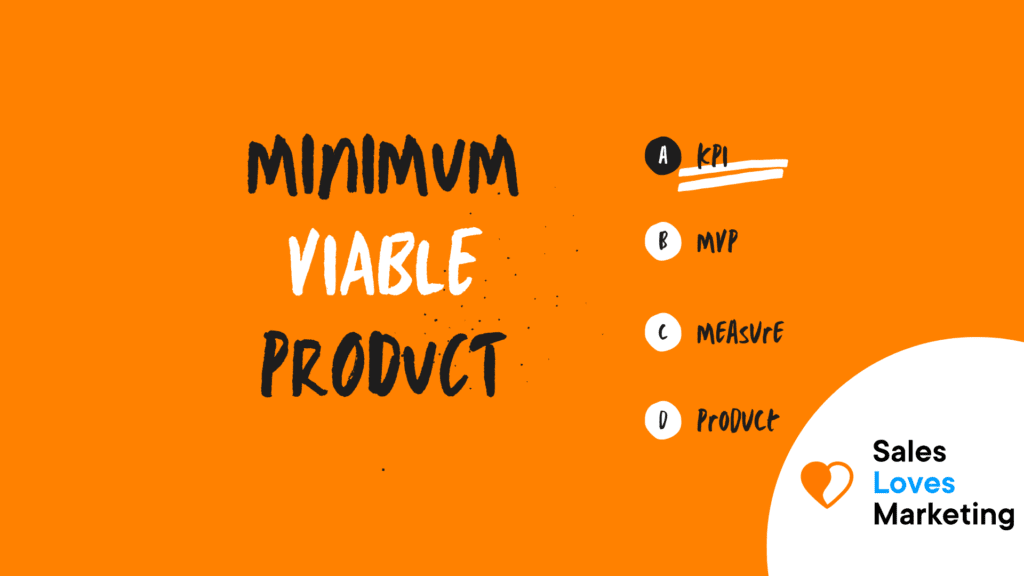What is Minimum Viable Product (MVP)?
A minimum viable product (MVP) is a concept or term used to describe the most basic version of a functional product or service, which in turn allows collecting the maximum amount of validated data through customers.
What is the Minimum Viable Product (MVP) used for?
- It can be used to test the hypothesis of a specific product with the least amount of resources.
- Serves to accelerate and increase learning.
- Can be used to reduce wasted engineering hours.
- To launch or bring a product to the market or to customers as soon as possible.
- Can be used as a base for other products.
- It serves to establish the skills of a builder in the elaboration of the required product.
- It can help in building a brand very quickly.
- Can be used to test a simple product idea with real customers before allocating a large budget for full product development.
- Used to find out what resonates with the company’s target market and what doesn’t
Expected benefits of an MVP.
The primary benefit of an MVP is that the interest of customers or users in a product can be studied and understood without fully developing it. The earlier you can tell if a product catches customers’ attention, the less expense and effort will be spent on a product that will not be successful in the marketplace.
Examples of Minimum Viable Product (MVP)
- Airbnb
The founders of Airbnb had no money to build a business. From their own apartment, they created an idea of a market that offers short-term rental homes between individuals and all online. They created a minimalist-style website, posted photos, images, and other details about their property, and quickly found several guests who paid immediately.
- Spotify
This is a good example of how implementing a single main feature can lead to success, rather than wasting time with interesting features but not essential to the operation of the product.
The idea was to create the best music streaming site, and for the creation of their MVP, they focused on just that feature: streaming music.
From there, a desktop application was created and developed, and a closed beta was run to see how the market reacted. The MVP product and a freemium pricing model were proven to be exactly what the public was looking for. So the Spotify team spent time finding and recruiting more artists while developing mobile apps.
Currently, Spotify has 17 offices, 5584 employees, and 345 million active users in 187 countries.
Better strategies to define the Minimum Viable Product (MVP)
- Identify the target audience: it is the most basic tactic of a company. To identify your target audience, you first need to answer the questions:
Who is the product or application developed for?
Is there a specific market/region that you are targeting?
Do these people have something in common?
- Identify the deadline and budget: It is extremely important to launch the MVP at the right time considering changes in business needs and user requests; otherwise, the included functions may reduce the values. Also, consider that MVP features could be adjusted within budget.
- Identify the characteristics of the major from the point of view of the end-users:
These can be identified by finding answers to the following questions:
What are the problems or pain points that the target audience is experiencing?
What aspects can be developed to solve the weak points?
Is there an alternative solution available in the market?
- Implement according to current trends, but in a simple way: the MVP should be done, taking into consideration the latest trends and advances in the particular industry. But a simple design helps users understand and get started quickly.
- Get the attention of end-users to use the system and invite others: implement options that can call more user records. Owning and using referral programs to get started is a good example of how to make your product popular.
- Save the details of the end-users for later versions: having studies of how users interact with the system or built product and what is the characteristic that makes it more attractive to the user is good information to launch future versions.
